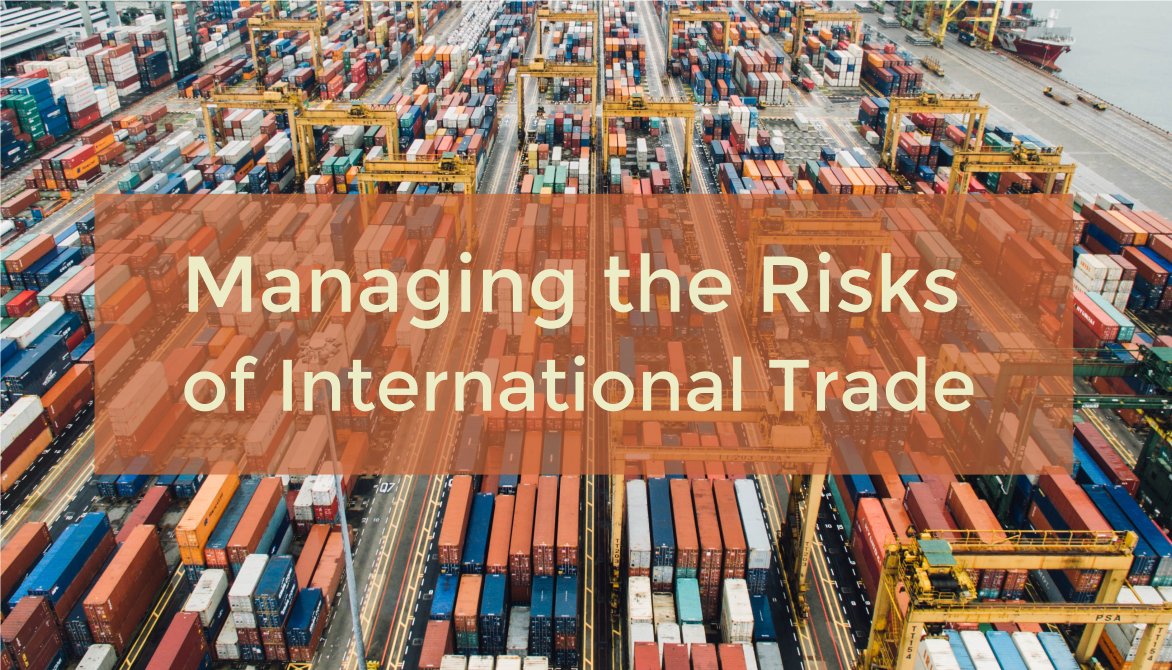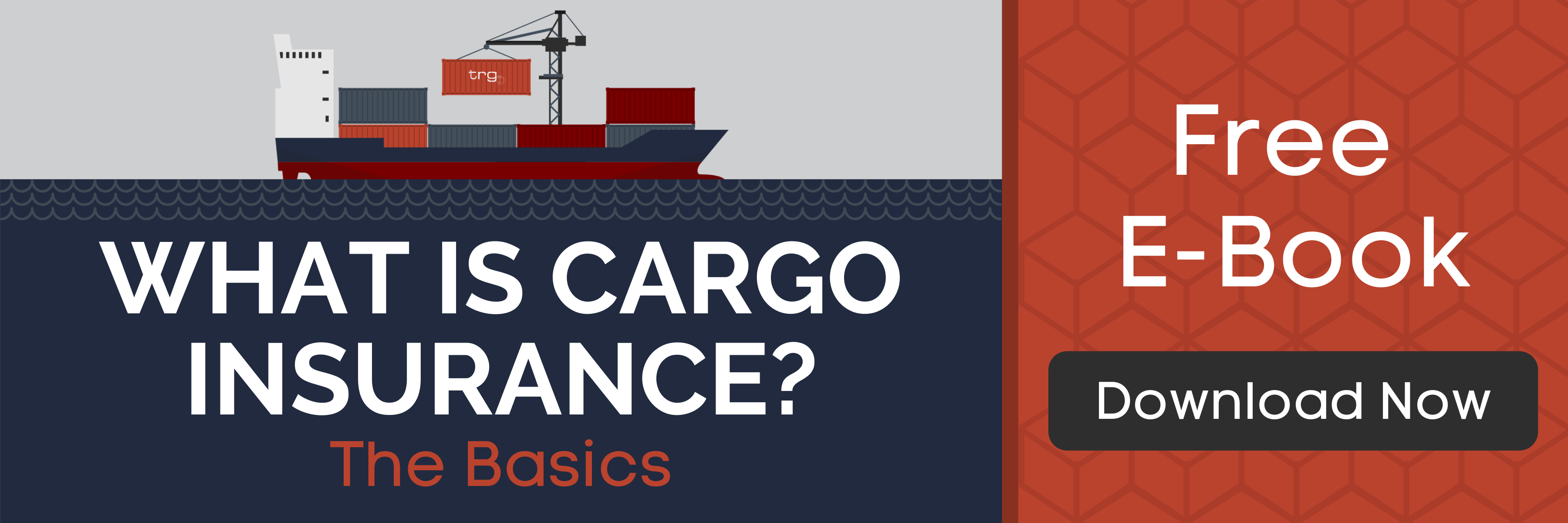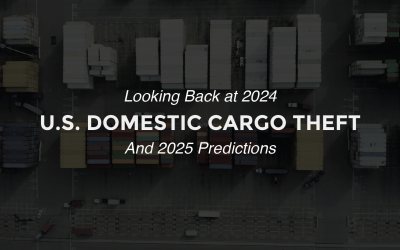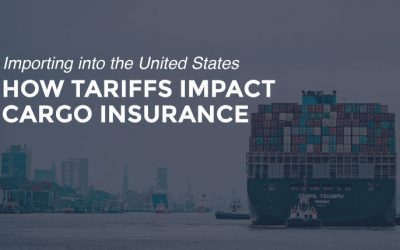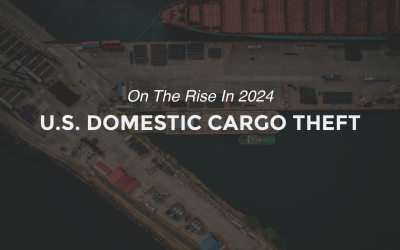Losses during transport occur daily. Containers shift and fall overboard, vessels collide and capsize, cranes puncture containers, weather damages goods and maritime piracy continues throughout the seas. All of these situations compromise the safety of goods in both domestic and international trade.
Marine Cargo Insurance covers the loss, damage or theft of goods while in the process of international trade. Direct losses are only the tip of the iceberg as indirect losses are even more drastic to your company’s bottom line. Managing direct losses will help offset the effects of indirect losses.
To determine the probability of loss, take the total number of shipments in one year and divide by the number of shipments that were compromised in that 12 month period.
Example: If 13 shipments were compromised out of 1,000 shipments, the probability of loss is 1.3%.
To determine the economic consequence associated with a loss, take the probability of loss multiplied by the average value of the shipments.
Example: The average value of the shipments is $250,000. Therefore, the economic consequence is $3,250 ($250,000 x 1.3%) for each shipment that year.
The need for marine insurance is apparent. Many cargo insurance policyholders are not insuring their goods in the most cost-effective way. The market is soft right now, so now is the time to shop rates and compare marine insurance providers. If you insure shipment by shipment your charges should be dropping! Whether you purchase an annual Marine Cargo Insurance policy, self-insure, insure shipment by shipment or purchase CIF, request a quote from TRG Marine.

